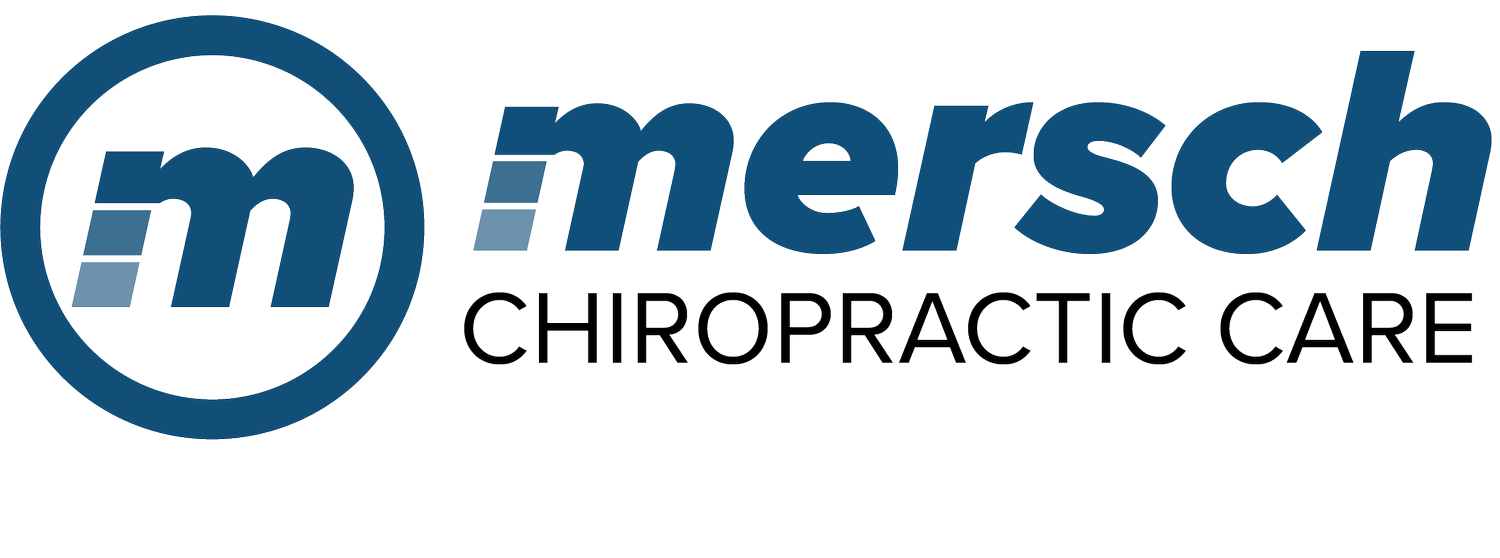Understanding Chronic Tendinopathy: The Stubborn Foe in Sports Medicine
Achilles Tendinopathy
As athletes and active individuals push their bodies to the limit, injuries can become an unwelcome companion. At our chiropractic office, specializing in sports medicine, we see a lot of determined patients battling chronic tendinopathy—a condition that can sideline even the toughest competitors. But what makes these tendon issues so persistent? In this post, we’ll dive into the most common and stubborn types of chronic tendinopathy, explain the underlying mechanisms in the tendon, and discuss why they’re notoriously hard to treat. Our goal is to empower you with knowledge so you can take proactive steps toward recovery.
What Is Chronic Tendinopathy?
Tendinopathy refers to a spectrum of tendon disorders characterized by pain, swelling, and impaired function. While acute tendinitis involves inflammation from sudden overload, chronic tendinopathy (often called tendinosis) is a degenerative process that develops over time due to repetitive stress. It’s not just about “overuse”—it’s a complex interplay of mechanical, biological, and lifestyle factors. Tendons, those tough fibrous cords connecting muscles to bones, are designed for resilience, but when they break down, healing isn’t straightforward.
The Most Common and Stubborn Types
Certain tendons bear the brunt of athletic demands, making them prone to chronic issues. Here are some of the most prevalent and persistent ones we encounter in our practice:
• Achilles Tendinopathy: Affecting the tendon at the back of the ankle, this is a classic among runners, jumpers, and soccer players. It’s stubborn because the Achilles handles massive forces during propulsion, and even minor imbalances in gait can perpetuate the problem.
• Patellar Tendinopathy (Jumper’s Knee): Common in basketball, volleyball, and track athletes, this involves the tendon connecting the kneecap to the shinbone. Its persistence stems from the explosive, repetitive jumping motions that overload the tendon, often leading to years of intermittent pain.
• Rotator Cuff Tendinopathy: Shoulder woes plague swimmers, throwers, and weightlifters. The rotator cuff tendons stabilize the shoulder joint, but overhead activities can cause degeneration that’s hard to shake, especially if poor posture or muscle imbalances are at play.
• Lateral Epicondylitis (Tennis Elbow): Despite the name, it’s not just for tennis pros—golfers, painters, and desk workers with repetitive wrist actions suffer too. The tendons on the outer elbow degrade from microtrauma, making simple tasks like gripping a racket excruciating over time.
• Medial Epicondylitis (Golfer’s Elbow): Similar to tennis elbow but on the inner side, this hits golfers, climbers, and throwers hard. Its stubborn nature often ties back to forearm muscle overuse and inadequate recovery.
These conditions are “stubborn” because they don’t resolve with rest alone; in fact, prolonged inactivity can weaken the tendon further, creating a vicious cycle.
What’s Happening Inside the Tendon?
To understand why chronic tendinopathy lingers, let’s break down the science. Healthy tendons are made of aligned collagen fibers that act like strong ropes, transmitting force efficiently. But repetitive loading—think thousands of foot strikes in a marathon or endless serves in tennis—causes microtears in these fibers.
In the early stages, the body might respond with inflammation (tendinitis), but chronic cases shift to degeneration (tendinosis). Here’s the key process:
• Collagen Breakdown: The tendon’s matrix, primarily type I collagen, starts to disorganize. Instead of neat, parallel fibers, you get a chaotic mess with weaker type III collagen dominating. This reduces the tendon’s tensile strength and elasticity.
• Cellular Changes: Tenocytes (tendon cells) become dysfunctional, producing less healthy matrix and more enzymes that break down collagen. This leads to thickening, nodules, or even calcifications in severe cases.
• Neovascularization and Nerve Ingrowth: New blood vessels and nerves sprout into the tendon, which sounds helpful but actually contributes to pain. These vessels are leaky and inefficient, and the extra nerves amplify sensitivity.
• Lack of Inflammation: Unlike acute injuries, chronic tendinopathy often shows little to no inflammatory cells under a microscope. This is why anti-inflammatory treatments like NSAIDs or ice provide only temporary relief—they’re fighting a phantom enemy.
Factors like age, poor nutrition (e.g., low vitamin C or protein), hormonal changes, or biomechanical flaws (e.g., flat feet or tight muscles) exacerbate this degeneration. The result? A tendon that’s painful, stiff, and less capable of handling stress, turning everyday activities into ordeals.
Why Are They So Stubborn and Difficult to Treat?
Chronic tendinopathy earns its “stubborn” reputation for good reason. Tendons have inherently poor blood supply compared to muscles or bones, which means nutrients and healing factors arrive slowly. This sluggish vascularity delays repair, often turning weeks of expected recovery into months or years.
Moreover, the condition is self-perpetuating:
• Continued Stress: Athletes hate sitting out, so they return too soon, reloading the damaged tendon and restarting the degenerative cycle.
• Misguided Treatments: Many approach it as an inflammatory issue, relying on rest, ice, or cortisone injections. While these might mask symptoms, they don’t address the core degeneration and can even weaken the tendon further (cortisone, for instance, inhibits collagen synthesis).
• Multifactorial Causes: It’s rarely just overuse. Underlying issues like joint misalignment, muscle weaknesses, or even systemic factors (e.g., diabetes affecting collagen) complicate diagnosis and treatment. Without a holistic approach, symptoms recur.
• Pain Paradox: The pain doesn’t always correlate with damage extent. Some people have severe degeneration but minimal pain, while others suffer greatly from mild changes, making it tricky to gauge progress.
Traditional medicine often falls short here, leading to frustration. Surgery is a last resort and not always successful, with risks like rupture or adhesions.
Final Thoughts
Chronic tendinopathy may be a tough adversary, but with the right understanding and approach, it’s beatable. If you’re dealing with persistent tendon pain, don’t let it define your active life. Schedule a consultation at our chiropractic office today—we’re here to help you heal and thrive. Remember, early intervention is key to preventing these conditions from becoming truly chronic. Stay strong, and keep moving!
If you have further questions or would like to schedule an appointment please contact our office.

